TRANSIT RAILROAD
GO Transit’s $13.5 billion expansion will quadruple train frequency and is projected to remove 145,000 cars from Ontario roads daily by 2030, connecting over seven million residents across the Greater Golden Horseshoe region. In 2024, GO Transit carried more than 71 million passengers, with ridership expected to surpass 200 million annually by 2055.


GO Transit is classified as a Transit railroad. It operates one of North America's largest commuter rail networks, connecting communities across southern Ontario with safe, efficient, and environmentally responsible passenger transportation solutions.
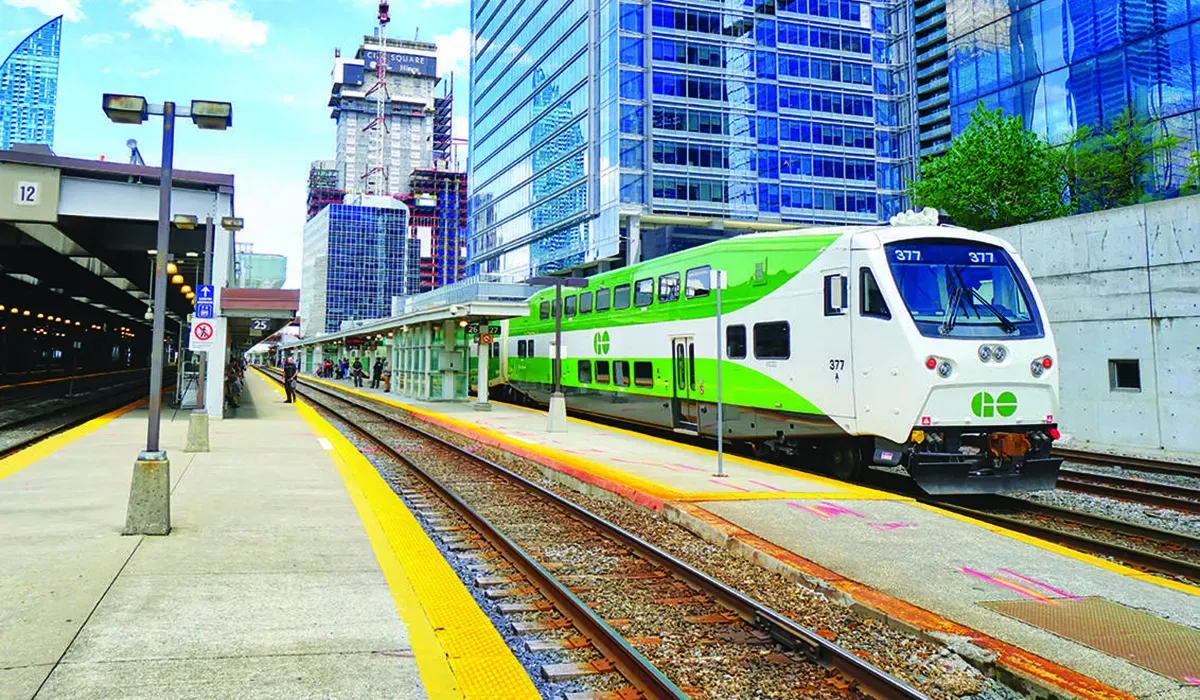
FOUNDING HISTORY & ORGANIZATIONAL STRUCTURE
GO Transit was founded on May 23, 1967, by the Ontario Ministry of Transportation as a three-year pilot project to address rapid population growth and transportation needs in the Toronto area. Over the decades, it expanded from a single train line to seven, and in 2009, it became an operating division of Metrolinx, a provincial Crown agency responsible for integrated transportation planning in the region..
HEADQUARTERS & OPERATIONAL BASES
GO Transit’s headquarters is located at 97 Front Street West, Toronto, Ontario, M5J 1E6. The facility is situated at Union Station, which serves as the central hub for all GO Transit rail and bus operations, coordinating scheduling, dispatch, and customer service for the entire network..
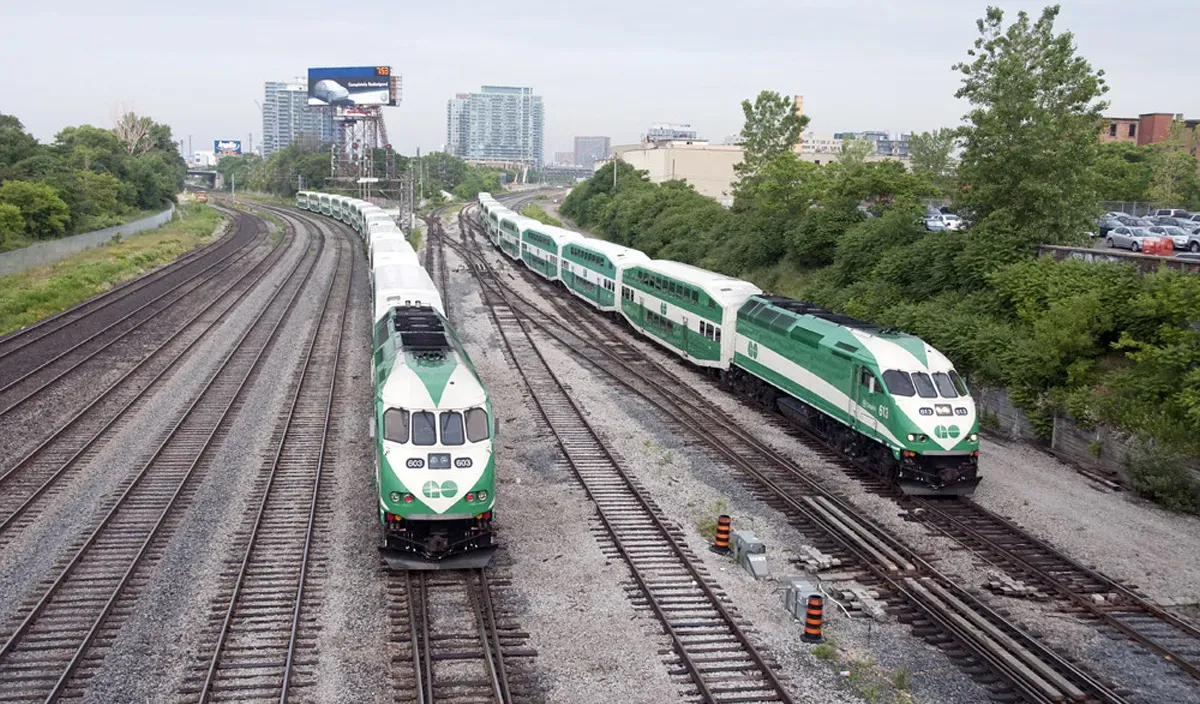
LEADERSHIP & EMPLOYEES
Phil Verster serves as President and CEO of Metrolinx, overseeing GO Transit’s operations. He brings extensive experience in rail and transit management from previous leadership roles in the UK and South Africa. The executive team includes Chief Operating Officer Greg Percy, who manages day-to-day service delivery, and Chief Capital Officer Peter Zuk, responsible for infrastructure projects and expansion. Chief Customer Officer Mark Childs leads customer experience initiatives, while Chief Financial Officer Bill McFarland oversees financial strategy and investment planning.
GO Transit employs approximately 2,800 people, with about 1,900 serving as skilled craftspeople, maintenance workers, and service teams dedicated to train and bus operations, infrastructure upkeep, and customer support. The workforce reflects the diversity of the Greater Toronto Area, with ongoing efforts to promote inclusion and equitable representation across all departments.
FACILITIES & OPERATIONS
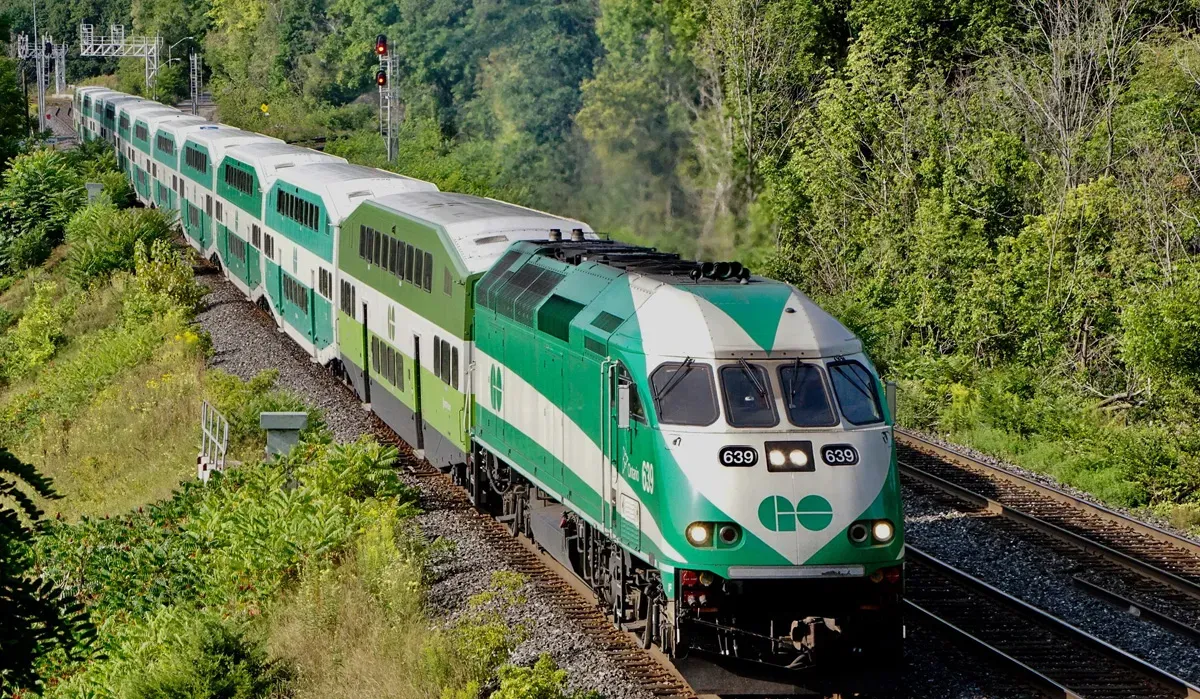
Major facilities include Union Station in Toronto, which is the primary rail hub and headquarters. The Willowbrook Rail Maintenance Facility in Etobicoke handles train maintenance and storage. The new Union Station Bus Terminal at CIBC Square, opened in December 2020, serves GO Transit and other intercity bus operators. The Oshawa GO Rail Yard supports Lakeshore East operations, while the Milton GO Rail Yard manages the Milton line. Additional key facilities include the Kitchener GO Rail Yard, the Barrie GO Rail Yard, and the Hamilton GO Centre, each supporting regional service and maintenance.
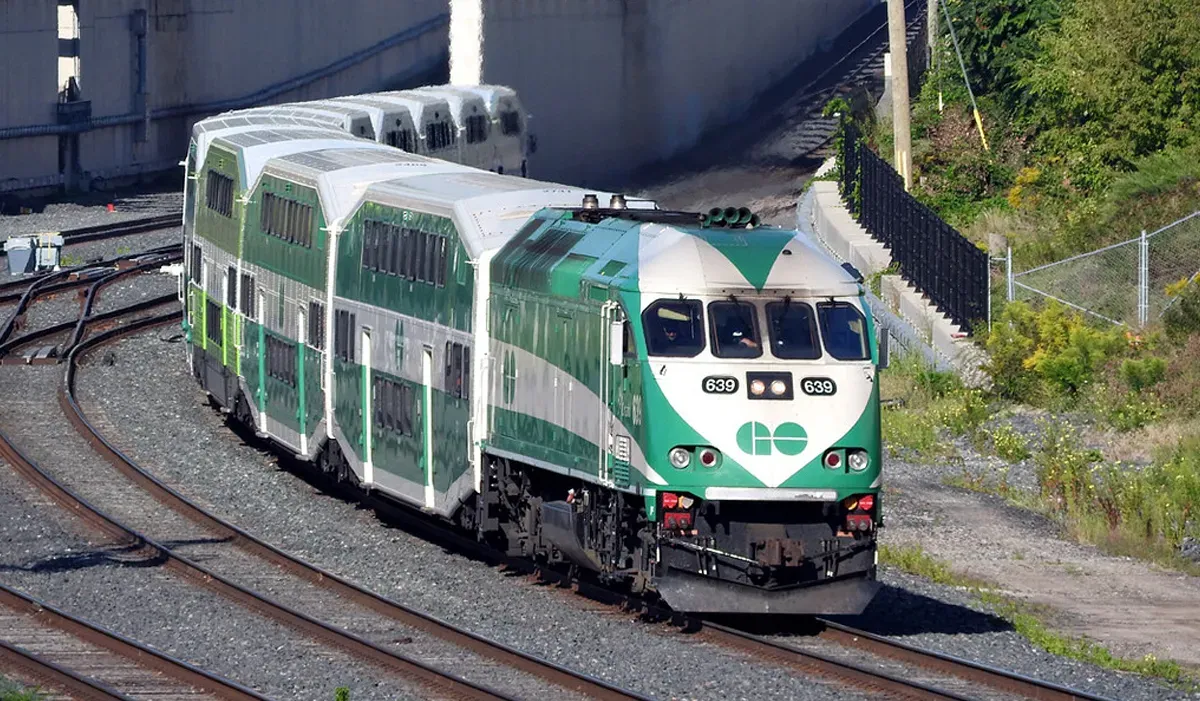
GO Transit adheres to ISO 14001 environmental management standards and has received multiple safety awards for its operational practices. The company maintains full compliance with Transport Canada and Federal Railroad Administration regulations, and its facilities are regularly audited for safety and environmental performance.
EQUIPMENT & INFRASTRUCTURE
GO Transit primarily handles passenger rail cars, including double-decker coaches with capacities of up to 200 passengers per car. The system does not operate freight services but supports intermodal connections for passengers transferring to other transit modes. Specialized cars include accessible coaches and bike-friendly cars to accommodate diverse rider needs.
GO Transit utilizes advanced technology platforms for real-time train tracking, automated dispatch, and customer information systems. The company offers a digital customer portal for trip planning, ticketing, and service alerts, as well as APIs for integration with third-party mobility apps. Automation technologies are being implemented for train control, obstacle detection, and predictive maintenance.
GO Transit serves the Greater Golden Horseshoe region of Ontario, covering cities such as Toronto, Hamilton, Kitchener, Barrie, Oshawa, Milton, and Niagara Falls. The network spans over 500 route miles, with key corridors including Lakeshore East, Lakeshore West, Kitchener, Milton, Barrie, Stouffville, and Richmond Hill lines.
GO Transit partners with local transit agencies such as the Toronto Transit Commission, York Region Transit, and Hamilton Street Railway to provide seamless connections for passengers. The company also collaborates with VIA Rail for intercity rail transfers and works closely with Metrolinx on regional transportation planning.
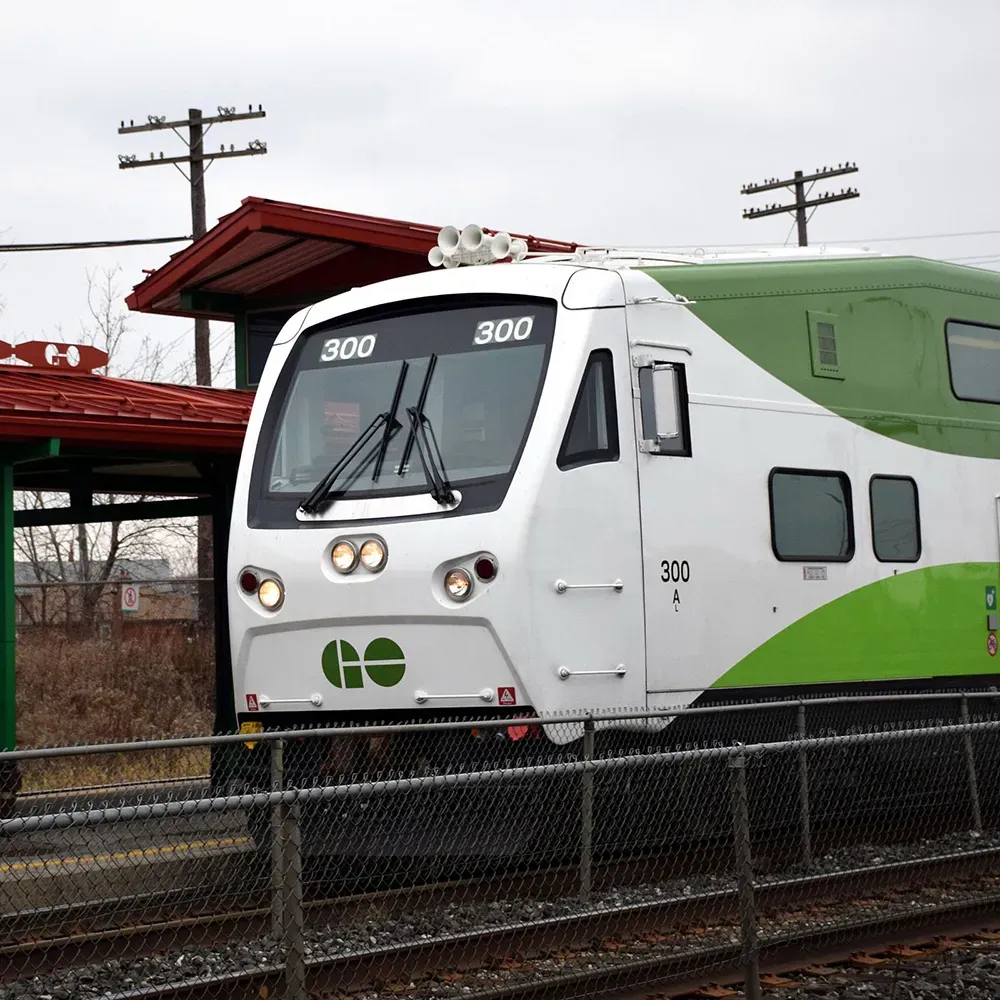
FINANCIAL METRICS & STABILITY
In 2024, GO Transit reported a pre-tax profit of $120 million on revenues of $1.2 billion. The company’s operating ratio improved to 82 percent, reflecting enhanced operational efficiency and cost management.
Recent capital investments include the $13.5 billion GO Expansion project, which began in 2015 and is scheduled for completion in phases through 2030. Major acquisitions include the integration of Bombardier Transportation’s rail maintenance operations in 2021 and the opening of the new Union Station Bus Terminal in 2020.
SERVICE PORTFOLIO

GO Transit offers a range of logistics services focused on passenger mobility, including full trip planning, ticketing, and real-time service updates. Additional services include accessibility support, bike transport, and integrated fare payment with local transit agencies. The company also provides travel insurance options and customer assistance for special events and group travel.

GO Transit has launched a new digital customer portal to enhance self-service capabilities and streamline day-to-day activities for riders. The company offers an API Center to facilitate integration with mobility apps and third-party platforms, supporting trip planning, ticketing, and service alerts.
INDUSTRY REPUTATION & NEWS
GO Transit is actively working to enhance operational efficiency and service quality. The company has implemented automated obstacle scanners at its rail hubs and loading parks to improve safety and efficiency in handling passenger flows. Recent developments include expanded two-way, all-day service on core lines and upgrades to stations and facilities across the network.
GO Transit’s Site Certification Program has identified optimal rail-served sites for future development and conducts in-depth reviews to ensure readiness for expansion. The program aims to minimize development risks for communities and enhance regional connectivity, earning recognition for its role in supporting sustainable growth.
ANALYSIS & FUTURE OUTLOOK